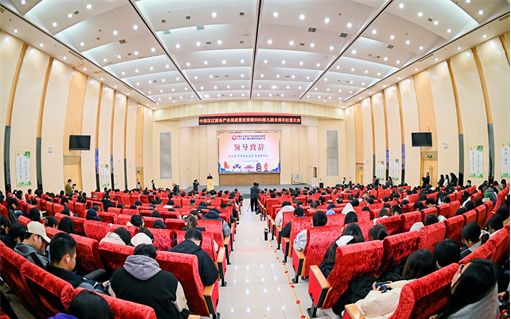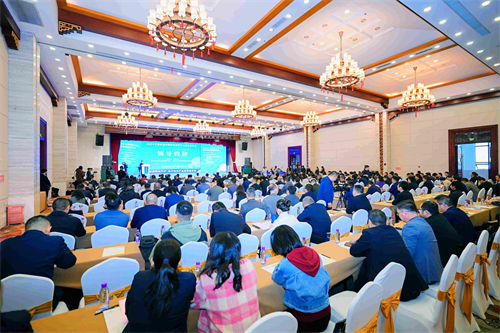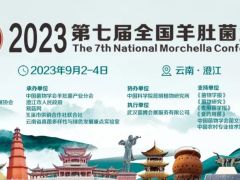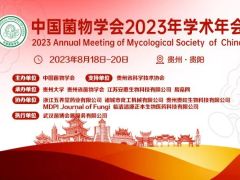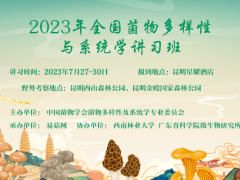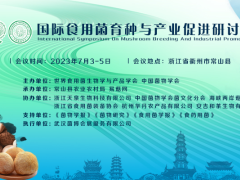
If you don’t like mushrooms, it might be because you haven’t tried them yet in dress or jacket form. Believe it or not, mushrooms can now be fashioned into flexible leather-like clothing, purses, pants, and even durable furniture and building bricks for a cleaner, more sustainable planet. Phil Ross and his team at the San Francisco-based MycoWorks, a group of engineers, designers, and scientists, are developing products inspired by fungi's lattice-like “roots," called mycelium. According to the MycoWorks website, mycelium are carbon-negative and can also be naturally dyed any color, so your mushroom dress or house can be bright purple, fuchsia, or Cerulean blue if tan seems too subtle.
According to the website of Italy's Mogu agency, which specializes in developing and scaling-up a range of mycelium-based technologies for the production of naturally-grown biomaterials and products, mushroom-based fabric can be tweaked to be as hard as enamel and shell-like or as soft and porous as a sponge, depending on the amount of light, humidity, exchange of gas, temperature, and types of “food” the mushroom is given (hemp, straw, etc.), rendering it as the ideal creative material for whatever you envision forging.
Mogu has proven that fabric created from mycelium is non-toxic, waterproof, and fire-resistant. It can be as thin as paper for dresses and lamp shades, or incredibly thick for heavy-duty items, and in both cases, the end result is remarkably flexible and strong.
Ross told Modern Luxury magazine, "Mycelium bricks can also be composted. Or fed to livestock. Or even used to brew a nutritional tea... Mycelium can be grown in almost any kind of agriculture waste, including sawdust and pistachio shells." He explained that MycoWorks inoculates it with the live culture of the reishi mushroom, which will feed off of anything, unlike other pickier mushrooms. The mushrooms grow together within the material, which can be configured into any shape, forming natural polymers that adhere like glue. The material is then baked to kill the organisms, so that if it ever got wet, mushrooms wouldn’t start sprouting again.
Grossed out at the idea of wearing fungi all day long? It's actually a lot more sanitary than you might think. People with sensitive skin will love that mycelium mushroom material is naturally anti-microbial (unlike other textiles, which are only made to be anti-microbial through an expensive process), according to the National Center for Microbiology, so sweaty workout gear and hot-weather clothing won’t create rashes or discomfort. In the production of mushroom fabric, no toxic chemicals or fertilizers are used and very little water is necessary, so the fabric is a game-changer for the environment. According to the World Wildlife Organization, a cotton T-shirt typically requires 713 gallons of water to produce because of the amount of cotton required, versus 3 gallons of water to create a dress three times the size of a T-shirt, according to NEFFA. And it’s organic.










